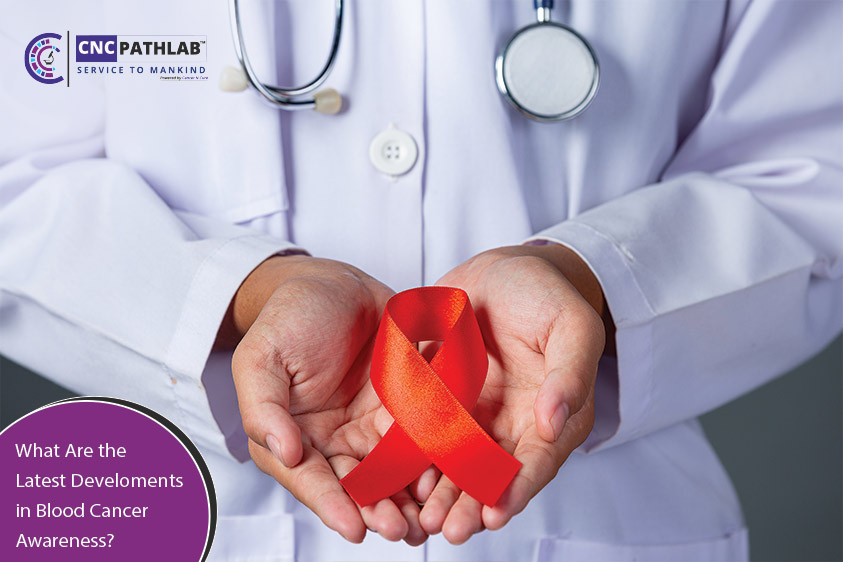The Role of HER2 in Breast Cancer: What Every Patient Should Know
Breast cancer is the most common type of cancer affecting women globally. It is a complex disease that has several subtypes, each with its unique characteristics and treatment options. One of the subtypes of breast cancer is HER2-positive breast cancer.
What is HER2?
HER2 (human epidermal growth factor receptor 2) is a protein that is present on the surface of some breast cancer cells. In normal breast cells, HER2 helps in controlling cell growth and division. However, in HER2-positive breast cancer, there is an overexpression of HER2 protein, which leads to uncontrolled cell growth and division. HER2-positive breast cancer accounts for about 15-20% of all breast cancers.
How is HER2-positive breast cancer diagnosed?
HER2-positive breast cancer is diagnosed through a biopsy, where a small sample of breast tissue is examined under a microscope to determine if the cancer cells are HER2-positive. Additionally, a pathologist may use immunohistochemistry (IHC) or fluorescence in situ hybridization (FISH) to detect the presence of HER2 protein or gene.
What are the treatment options for HER2-positive breast cancer?
HER2-positive breast cancer is treated with a combination of therapies that target the HER2 protein. The treatment options include:
HER2-targeted therapy: This treatment involves the use of drugs that block the HER2 protein, such as trastuzumab (Herceptin).
Breast cancer is a complex disease that affects millions of women worldwide. One of the subtypes of breast cancer is HER2-positive breast cancer, which accounts for about 15-20% of all breast cancers. Understanding the role of HER2 in breast cancer can help patients make informed decisions about their treatment options.
HER2 (human epidermal growth factor receptor 2) is a protein that is present on the surface of some breast cancer cells. In normal breast cells, HER2 helps in controlling cell growth and division. However, in HER2-positive breast cancer, there is an overexpression of HER2 protein, which leads to uncontrolled cell growth and division.
HER2-positive breast cancer is diagnosed through a biopsy, where a small sample of breast tissue is examined under a microscope to determine if the cancer cells are HER2-positive. Additionally, a pathologist may use immunohistochemistry (IHC) or fluorescence in situ hybridization (FISH) to detect the presence of HER2 protein or gene.
HER2-positive breast cancer is treated with a combination of therapies that target the HER2 protein. The treatment options include HER2-targeted therapy, chemotherapy, radiation therapy, and surgery. HER2-targeted therapy involves the use of drugs that block the HER2 protein, such as trastuzumab (Herceptin).
What type of cancer does she have?
I'm sorry, but without further information, it is impossible to determine the type of cancer someone may have. Cancer is a complex disease that can affect different parts of the body and has various types and subtypes. Some of the most common types of cancer include breast cancer, lung cancer, prostate cancer, colon cancer, and skin cancer. Each type of cancer has different symptoms, causes, risk factors, and treatment options. The diagnosis of cancer usually involves several tests, including imaging scans, biopsies, and blood tests, to determine the exact type and stage of the cancer. Therefore, if you or someone you know has been diagnosed with cancer, it is essential to consult with a doctor to get a proper diagnosis and treatment plan. Cancer treatment often involves a combination of surgery, chemotherapy, radiation therapy, and other therapies, depending on the type and stage of the cancer. Early detection and prompt treatment are critical for the best possible outcomes in cancer patients.
How advanced is the cancer?
One of the most important factors in determining cancer treatment is the stage or extent of the cancer. The stage of cancer refers to how advanced the cancer is and how far it has spread within the body.
The most common staging system is the TNM system, which stands for tumor, node, and metastasis. The tumor stage describes the size and location of the primary tumor, while the node stage describes the extent of cancer spread to nearby lymph nodes. The metastasis stage describes whether cancer has spread to other parts of the body beyond the primary tumor and nearby lymph nodes.
Stage 0 cancer means that the cancer has not yet spread beyond the original site and is localized to one area. Stage I cancer means that the tumor is still relatively small and has not spread to nearby lymph nodes or other organs. Stage II cancer means that the tumor is larger and may have spread to nearby lymph nodes. Stage III cancer means that the tumor has spread to nearby tissues and organs, as well as nearby lymph nodes. Stage IV cancer means that the cancer has spread to distant parts of the body, such as the lungs or liver.
It’s important to note that each type of cancer can have its own unique staging system. Additionally, the stage of cancer may change as cancer progresses or as treatment is administered. Therefore, it’s important to work closely with your healthcare team to understand your cancer stage and what it means for your treatment options and overall prognosis.

.jpg)
.jpg)


.jpg)
